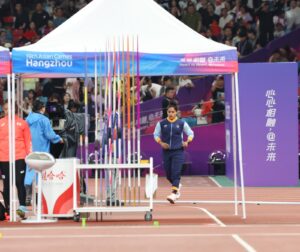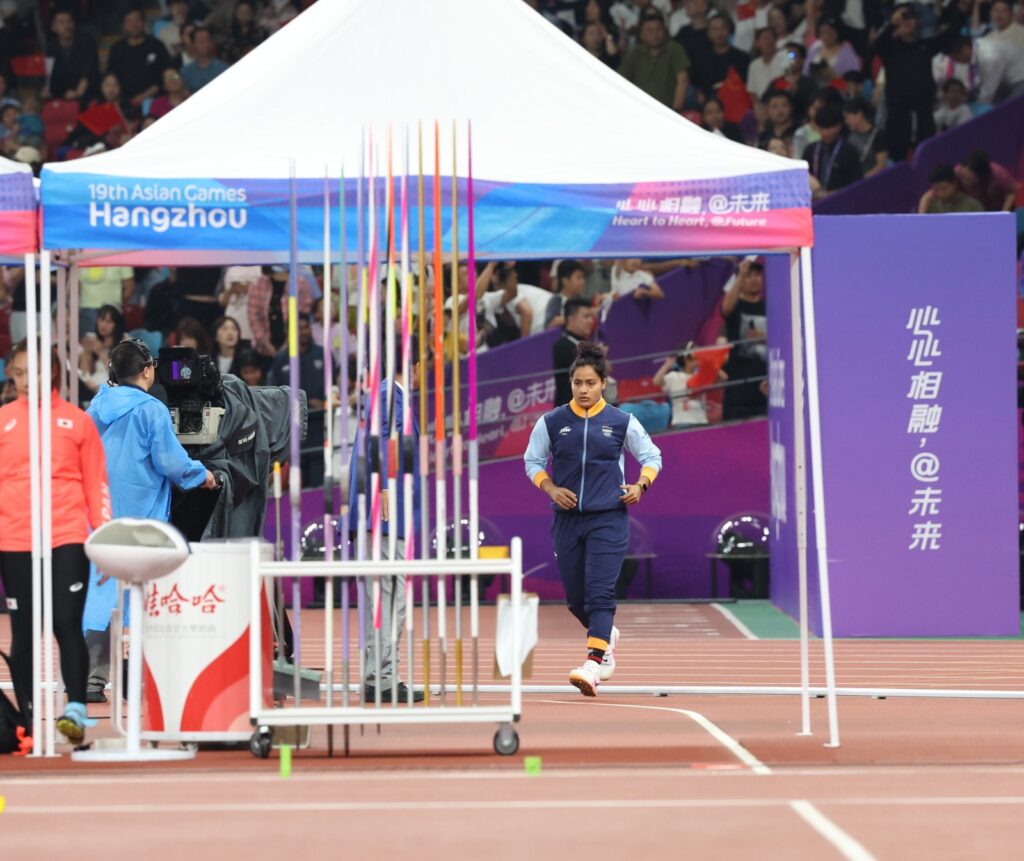
Atreyo Mukhopadhyay
Dictionary defines ‘javelin’ as ‘a light spear thrown in a competitive sport or as a weapon’.
For Indian athletics, it’s both. It’s spearheading a never-before period in the country’s athletics history. And, our athletes are using it as a weapon to break open new frontiers at the international level. Importantly, the spear is causing a revolution in track and field, not only in javelin throw.
Neeraj Chopra’s unthinkable success has changed thought processes. Proof of that came at the World Championships in Budapest in August, where five individuals and a team reached the finals, for the first time in history. And from barely one until a few years ago to six is progress. That three of the finalists were in men’s javelin suggests that the progress has been faster in this discipline.
Then why should boys have all the fun!
At 31, Annu Rani is in the stage of her career when athletes start looking at life after track and field. She had won an Asian Games bronze in 2014, qualified for the World Championship finals in 2019 and made it to the Olympic Games in 2021. For most Indian athletes, that would have been enough. Not her. The command she showed in winning the Asian Games women’s javelin gold in Hangzhou by a distance was proof of her resolve and abilities.
Nine years is a long time for a track and field athlete. Many careers start and finish in that span. There can be injuries, physical fatigue and mental tiredness. Training can become an ordeal. Considering all that, upgrading a bronze won in 2014 to gold in 2023 against top-class competition took some doing. There are two Asians in the top-10 in women’s javelin, including the No 1.
This is remarkable if you are an Indian athlete, especially woman. Most become content with a job and start families at this age. To stay fit, focussed and increase her levels of motivation despite toiling away from the limelight is a testament of Annu’s dedication and desire to excel.
And this medal should not be seen in isolation. It was another in a bulging list in Hangzhou.
Parul Chaudhary’s unforgettable last lap on way to the women’s 5000m gold after claiming silver in 3000m steeplechase, Murali Sreeshankar and Tejaswin Shankar’s silver in long jump and decathlon, Tejinder Pal Singh Toor snatching gold with his last attempt in men’s shot put, Seema Punia taking bronze in women’s discus at the age of 40 — there are many stories of Indians defying the odds.
It’s difficult to say whether Neeraj’s Olympic gold in Tokyo in 2021 is the sole reason behind this surge, but it’s tempting to call it the ‘Neeraj effect’. Everyone is saying they have been inspired by the poster boy’s history-defying efforts. One can sense a change in the body language. They are not governed by the age-old notion that Indians can only go up to a certain level, not beyond that.
They have started believing that if one of their own can scale the highest peaks, they can also get close. This belief is a huge factor, often a decisive one, in sports. Collectively, we are not close to the world level yet, but one can see an urge to venture into uncharted territory. The men’s 4x400m relay team finishing fifth in Budapest with an Asian record being a case in point.
There is interest, the support system has become better, and people are keeping an eye on them days before a cricket World Cup at home. Everyone knows what has caused this. And that is the best part. It’s not only about a throw in the sky in Tokyo anymore.




